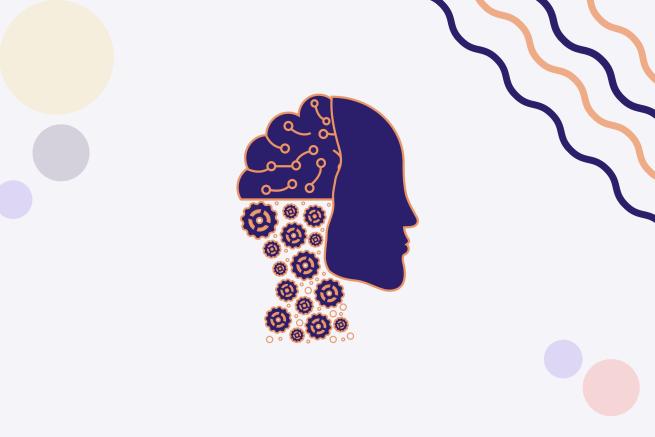Report:The Future of Work: AI at Work

GAI-replicable skills versus GAI-complementary skills
LinkedIn focus on GAI-replicable skills: 500+ skills most likely to be replicable by GAI among LinkedIn’s taxonomy of ~38,000 skills. The most frequently added skills by members are:
- Communication & media skills: Writing, Editing, Documentation, Translation, Video,
- Photography, Music, Content Creation
- Business & industry skills: Financial Reporting, Email Marketing, Data Analysis
- Engineering skills: Software Development Tools, Programming Languages, Data Science
- People skills: Time Management Tools
Occupational composition by GAI-replicable and GAI-complementary skills
The study identify three relative areas for occupations relevant for creating a model of segmentation of the labour market of professionels.
- jobs likely to be augmented by GAI because their core skills include a large share of both of GAI-replicable and GAI-complementary skills,
- jobs that could be prone to be disrupted by GAI, as their core skills include a large share of GAI-replicable but a relatively low share of GAI-complementary skills,
- jobs that may be insulated from GAI because they have a relatively small proportion of GAI-replicable skills in their core skills.
Gender and Age generation distribution by GAI segment
The study shows that a new gender gap seems to become a new risk.
”Women are underrepresented in jobs that are likely to be insulated or augmented by GAI, and are overrepresented (57% of US members) in jobs that will likely be disrupted by these new technologies.
Finally - as might be expected - the younger generation seems to benefit more from GAI then the older generations, although the Boomers seems to be more insulated from GAI.